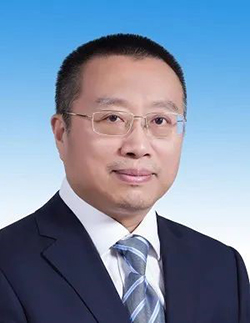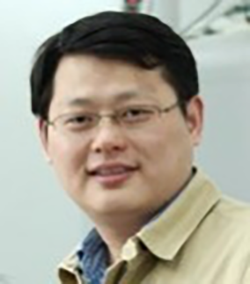Home> Academic Sessions
Session 9: Biomolecular phase separation and phase transition
Updated: 2024-07-22
Biomolecular phase separation and phase transition is a rapidly developing frontier academic field. Research has revealed the existence of a class of micron-scale membraneless organelles within cells, distinct from classical organelles such as the endoplasmic reticulum and Golgi apparatus, which contain lipid bilayer membranes.
These membraneless organelles are constructed by multivalent biomacromolecules through weak interactions and regulated by reversible assembly to control the dynamicity of liquid-liquid phase separation, thereby precisely regulating the specificity of biochemical reactions within cells. The imbalance of liquid-liquid phase separation homeostasis in biological systems is closely associated with various diseases and Chinese researchers have made significant scientific achievements in this field.
This session on biomolecular phase separation and phase transition will gather scientists in the field to discuss and exchange ideas around membraneless organelles and their roles in chromatin and gene expression regulation, the development of diseases, substance transport, interactions with membranous organelles, drug screening, as well as in signal transduction, and new technologies in membraneless organelle research.
Chairs

Zhang Hong
Researcher, Institute of Biophysics, Chinese Academy of Sciences

Ruan Ke
Professor, University of Science and Technology of China
Invited speakers & reports
Sun Qiang
Researcher, Academy of Military Science
Report: Phase separation of hemoglobin as an uninterruptible power supply of oxygen for non-erythrocytes
Li Yiwei
Professor, Huazhong University of Science and Technology
Report: Squeezing cells for high-throughput discovery of phase separating proteins
Lin Shixian
Professor, Zhejiang University
Report: High-abundance glycosylation modification regulates protein phase separation and its biological functions
Yu Miao
Professor, Wuhan University
Report: Visualizing the conformation and dynamics of FG-nucleoporins in situ
Lu Huasong
Researcher, Zhejiang University
Report: Nuclear condensate and its role in transcription control
Lin Jie
Researcher, Peking University
Report: Heterogeneous elasticity controls bursting kinetics of transcriptional condensates
Zhou Xiaoming
Westlake University
Report: How intrinsically disordered low-complexity domains regulate intermediate filament cytoskeleton and beyond
Chu Xiakun
The Hong Kong University of Science and Technology (Guangzhou)
Report: Balancing stability, dynamics and kinetics in phase separation of highly flexible biopolymers
Liu Feng
Sun Yat-sen University
Report: Proximal proteomics reveals a landscape of human nuclear condensates
Wang Xinping
Thermo Fisher Scientific
Report: In-situ structure analysis of cryo-ET facilitates the study of phase separation
